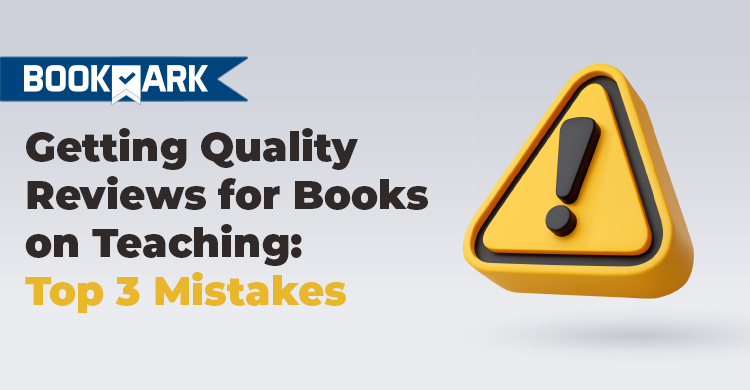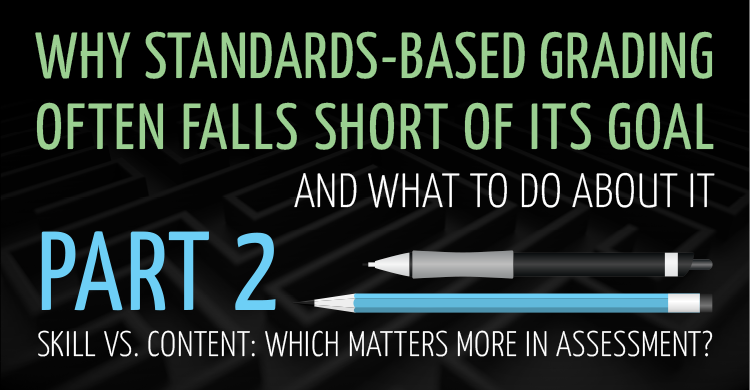Based on Starting a Movement: Building Culture From the Inside Out in Professional Learning Communities.
Response to intervention, or RTI, is a structured, multitiered approach to help identify and support struggling students. It is one of the most research-based, effective practices that schools can employ to ensure all students learn and at high levels.
In the book Starting a Movement: Building Culture From the Inside Out in Professional Learning Communities, Williams and Hierck (2015) talk about this being an effective tool, a part of the “how” phase of being an effective professional learning community (PLC). It only becomes an effective tool, however, when schools have purpose clarity, the “why” stage of being a PLC. Once schools are clear on their purpose and mission, the tools are used by all members of the school community and known by all members of the school community. An important part of that community is the parent body.
Tiered instruction for every student
RTI focuses on providing high-quality instruction and interventions at three different levels or “tiers.” All students receive high-quality classroom instruction and screening within Tier 1. Approximately 80 percent of students are expected to reach targeted goals under this core instruction. Students who continue to struggle in this early stage are provided with interventions that are targeted to their needs and that increase in intensity in the subsequent tiers (Tier 2 and Tier 3). Typically, around 15 percent receive small-group and supplemental instruction in Tier 2, while the remaining 5 percent require more intensive and individualized interventions in Tier 3. This final group of students is lacking in foundational skills and are at risk of failing or dropping out of school
RTI’s primary purpose, then, is to support students academically and behaviorally, using a combination of approaches for interventions. For RTI implementation to work well, these two components must be implemented with fidelity and in a rigorous manner:
- High-quality classroom instruction must be accessible to all students in the general education classroom setting.
- Universal screening and progress monitoring provide information about a student’s learning rate and level of achievement, both individually and in comparison with the peer group. This data is then used when determining which students need closer monitoring or intervention. Throughout the RTI process, student progress is monitored frequently to both chart student achievement and measure the effectiveness of instruction. Decisions made regarding students’ educational needs are based on multiple data points taken in context over time through ongoing student assessment.
This information about RTI should be available to all stakeholders in a school community and not just at the time of need, nor just for targeted students. If the school is clear on their purpose, RTI becomes one of the tools employed in achieving that purpose. This aligning of effective tools within an effective framework can help to demystify RTI and destigmatize those students receiving additional support to close gaps.
Include the parents in the process
Once schools move into implementing RTI for specific students, they must provide those parents with additional information about their child’s progress, the instruction and interventions used, the staff who are delivering the instruction, and the academic or behavioral goals for their child. With the passing of IDEA 2004, parents are allowed to request a formal evaluation to determine eligibility for special education. In other words, an RTI process cannot be used to deny or delay a formal evaluation for special education. Parents must be the allies of teachers in this work to ensure the best possible results, the clarity of evidence, and the closing of academic and behavioral gaps.
One of the ways to ensure this parental support from the outset is to create a document that notifies parents of the intent of RTI and the opportunities that await their scholar. A sample is shared below:
Notice of Student Participation in Response to Intervention
This letter is to inform you that your child has begun the Response to Intervention (RTI) process at our school. Response to Intervention is a tiered framework for service delivery which uses research based instruction and interventions for identifying, and resolving, student’s ACADEMIC and BEHAVIORAL difficulties.
How does RTI work?
Tier 1 – Evidence is collected and students are identified using benchmark scores and universal screening data. Measurable goals are set for the next data collection point for the whole class and for individual students displaying difficulties. Consultation with the parent begins at Tier 1, and initial interventions are attempted in the classroom to address the academic and/or behavior concerns.
Tier 2 – If a student is not successful using the minor interventions employed at Tier 1, the student moves to Tier 2. Educators will determine if the child has or has not met the benchmarks set in Tier 1, has significantly lower performance levels than expected, exhibits significant deviation from his or her grade-level peers in academic or behavioral issues, and is learning at a much slower rate and at risk of falling further behind. This stage is also an informal observation time. During Tier 2, the teacher not only collaborates with the parents but also seeks out assistance from other colleagues concerning the struggling student (team leader, social worker, counselor, case manager, speech pathologist, psychologist, other teachers, for example). Other secondary interventions are attempted, and results are documented.
Tier 3 – In the event that a student continues to not make adequate progress using Tier 1 and Tier 2 interventions, the student will progress to Tier 3 of RTI. Educators determine if the student continues to have difficulties and has not responded to Tier 2 interventions and requires more frequent, intense interventions and more frequent progress monitoring.
Getting the most out of RTI
In order to maximize the impact of this highly effective tool, schools must find a way to both invite and welcome parent involvement in the process. Respecting the skills that parents possess when it comes to both their knowledge and awareness of their children will go a long way to ensuring the best possible outcomes. Parents could be provided a simple document like the one below that will allow them to be a part of the process while also contributing further evidence to subsequent meetings.
| Suggestions to attempt at home: | 1)_______________________________
2)_______________________________ _________________________________ |
Follow-Up 1)_____________________________________
_____________________________________ Follow-Up 2)_____________________________________ _____________________________________ |
Pauline Gough, editor of Phi Delta Kappan, once suggested that “Trying to educate the young without help and support from the home is like trying to rake leaves in a high wind.” Progress can’t happen in one area while turning your back on another area. When schools and educators engage in one of the most research-based, effective practices to ensure all students learn, and at high levels, having the support of an informed parent will go a long way to ensuring that behavioral and academic gaps are closed.
For more information, read Starting a Movement: Building Culture From the Inside Out in Professional Learning Communities.
[author_bio id=”397″]






